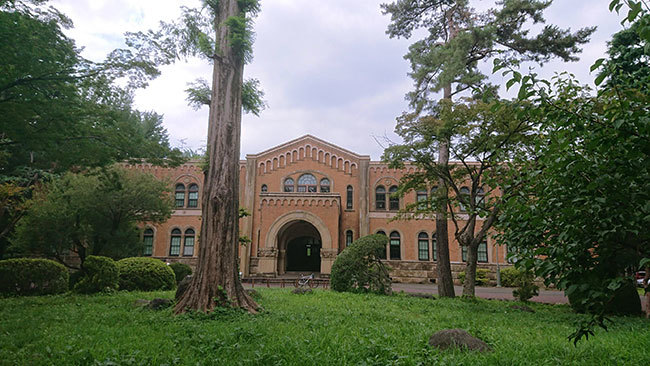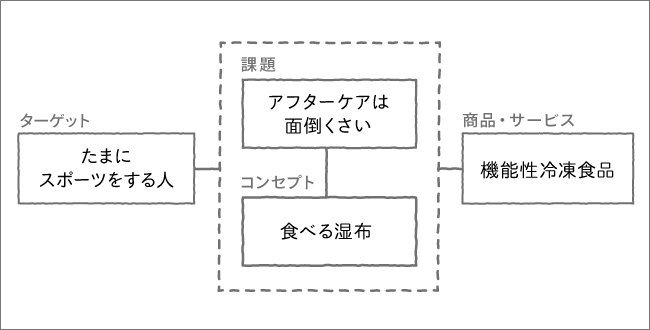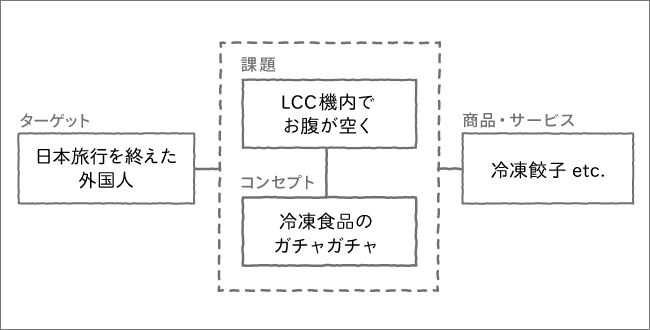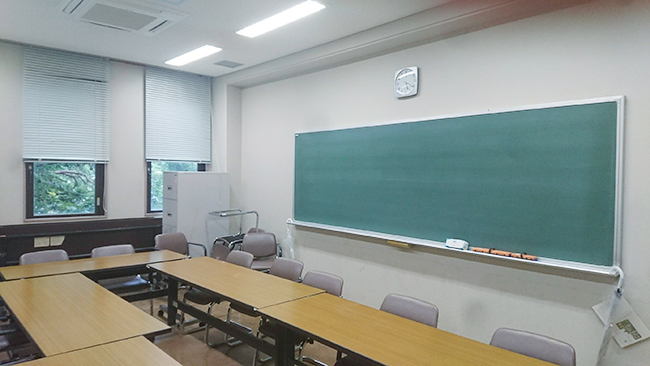
As I wolf down a 259-yen curry rice at my alma mater's cafeteria, memories from the past come flooding back. That night I had a huge fight with that senior and broke down crying. That day, that moment, that sweet yet bittersweet instant with that girl. Blushing alone, I headed to the classroom for the "Food Seminar" organized by the Josui-kai, Hitotsubashi University's alumni association, for current students. Among industry experts and heavyweights, somehow one advertising agency person had slipped in.
The total time for the six-session course? A whopping 210 minutes! It must be tough for the students, but the burden on the busy lecturers is no joke either. So, after consulting with the organizers, we decided to dedicate the first half to guest speaker presentations and the second half to team-based exercises.
The exercise topic was: "Come up with a groundbreaking frozen food product that will make the industry exclaim, 'Why didn't we think of that?'"
Listening to their mentors' advice, the students all wrestled with the problem. They tackled this open-ended question with everything they had.
The "Funky Egg" team's idea was "edible cold packs." Athletic students who exercise regularly have habits like icing and nutritional supplementation. However, "occasional exercisers" often do almost nothing, despite likely suffering far greater physical damage—perhaps because it's too much trouble.
Scientifically, though, treating both the inside and outside of the body is crucial. So they developed a container resembling a long, narrow cooling pillow. You freeze a drink containing amino acids inside, then wrap it like tape around the injured area for icing. As it melts from body heat, the liquid provides nutritional support.
This idea challenged the conventional wisdom that food only works on the inside of the body.
The "wish" team proposed a stylish "salad ice bar" for on-the-go eating.
Busy college students often grab convenience store yakitori or fried foods to satisfy their hunger before heading to part-time jobs. However, the feeling of "stuffing themselves" is particularly troublesome, especially for women.
So, they proposed developing a savory ice bar packed with vegetables, made using the same process as fruit-filled ice bars. This way, you could get plenty of veggies without getting your hands dirty with dressing, and it would look cute too.
It was an attempt to overturn the conventional wisdom that while there are salty snacks, ice cream is only sweet.
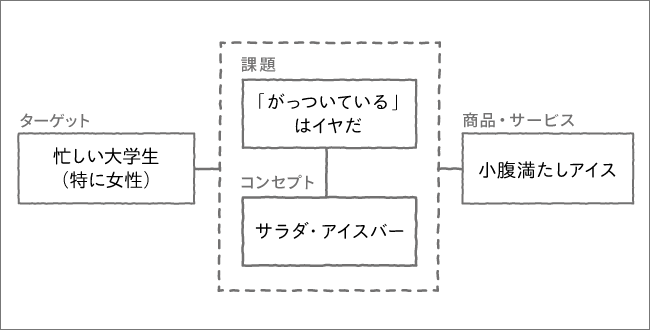
Team "Girls Who Eat Mikan Peels" proposed "frozen food gachapon" as a finale for foreigners' Japan trips.
The prizes would be bite-sized regional specialties from all 47 prefectures, like Osaka's "takoyaki," Tochigi's "gyoza," or Miyagi's "zunda."
They would thaw naturally in 2-3 hours, allowing, for example, LCC passengers to snack on them in-flight as a light meal. For manufacturers, it would mean selling a single gyoza or takoyaki for a much higher price than usual.
This project challenged the conventional wisdom that frozen foods are only sold in supermarkets and convenience stores.
Ultimately, we had the students present these ideas to executives from frozen food companies. While the proposals were obviously full of flaws in reality, watching the students present with such passion, I was impressed by two key points.
First, their attitude of boldly challenging the status quo with "Why didn't we think of that?" rather than seeking a single correct answer.
Most problems students encounter in school have clear answers, and they're accustomed to solving such problems. Yet, I was amazed at how well they applied the "methodology for solving problems without clear answers" they learned through just six sessions.
The other point was how their plans were crafted by confronting someone's real-life struggles head-on.
Simply put, there were no proposals along the lines of "Wouldn't this menu sell?" (ignoring the target audience). This is a pitfall even professionals at food companies often fall into. Because every team started from a place of raw, honest truth, there was no "falsehood" in their proposals. That was truly wonderful.
We did select a winning team on the spot, but personally, I felt every team's work was equally outstanding.
Above all, I was incredibly, incredibly happy to hear a student reflect: "Looking back, I realized the process of going back and forth seeking ideas was never wasted. It felt stressful and painful at the time, though (laughs)."
Please, help yourselves!



